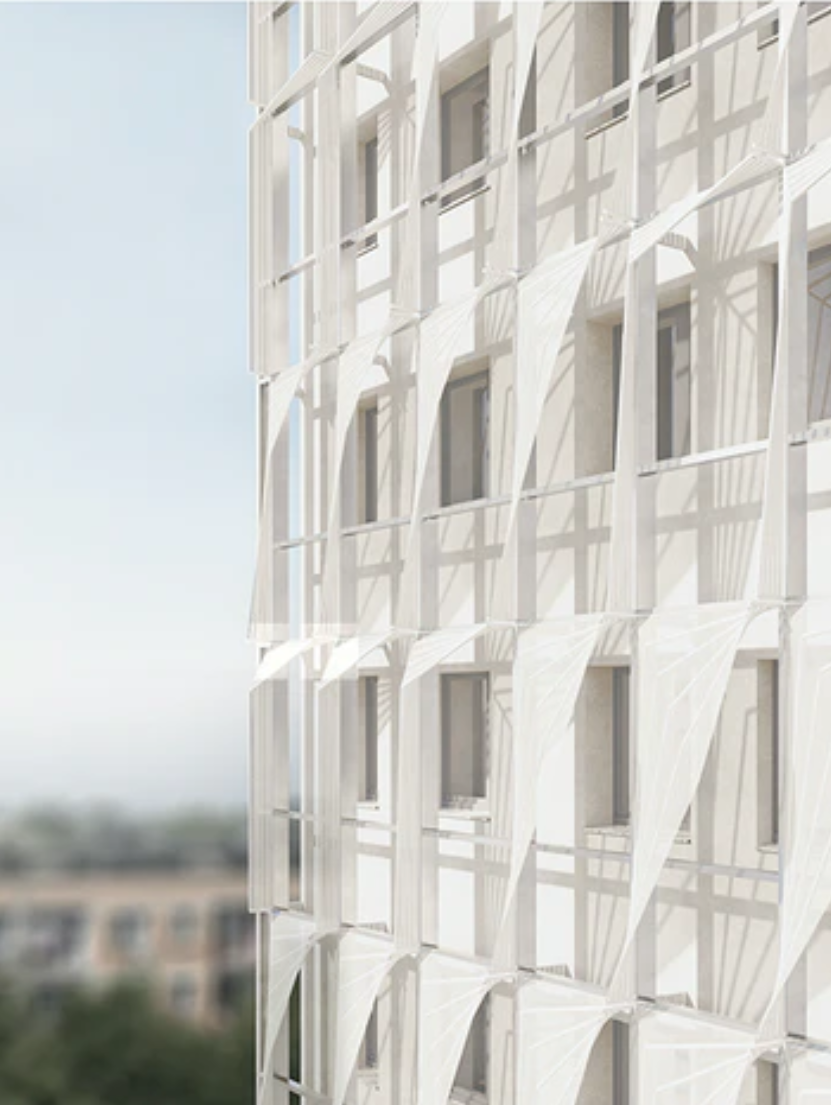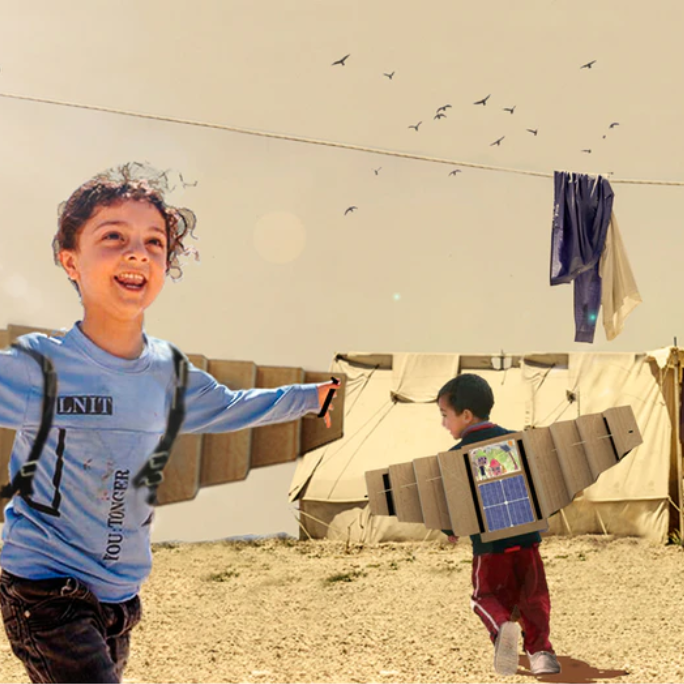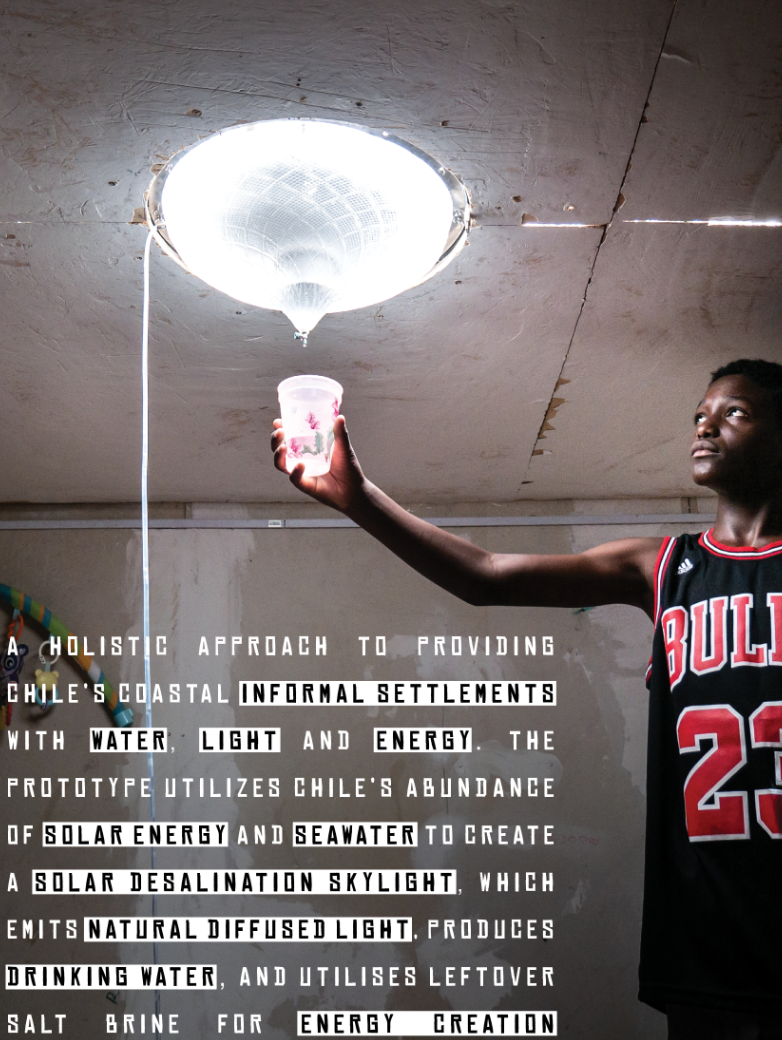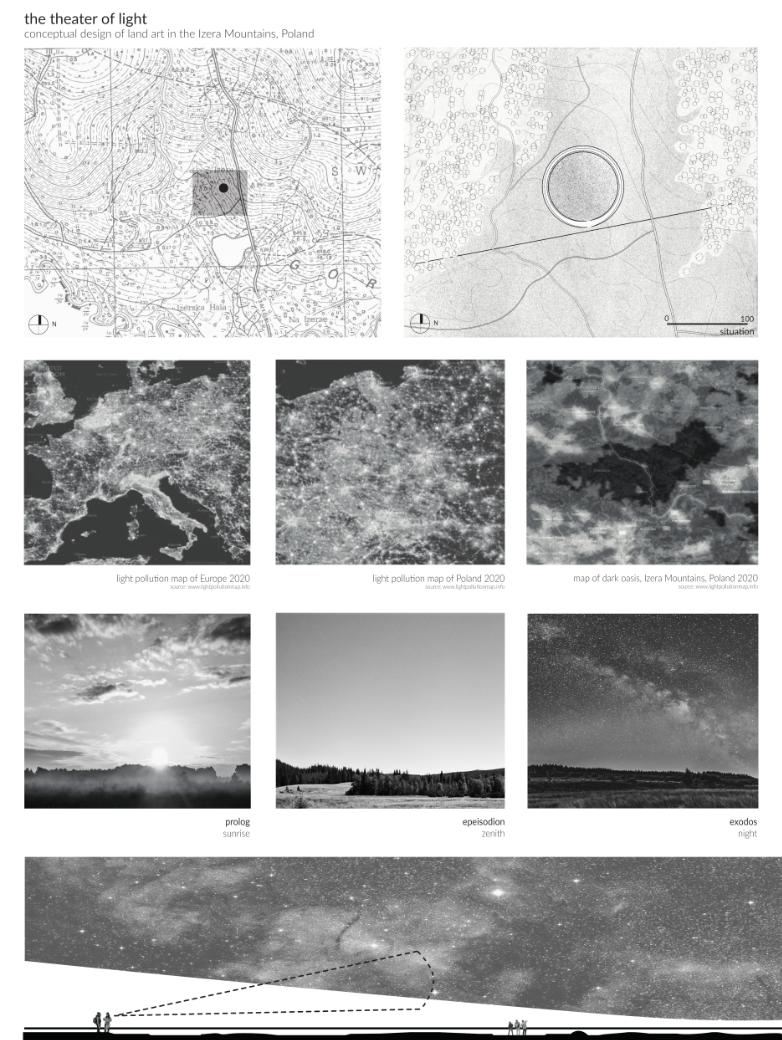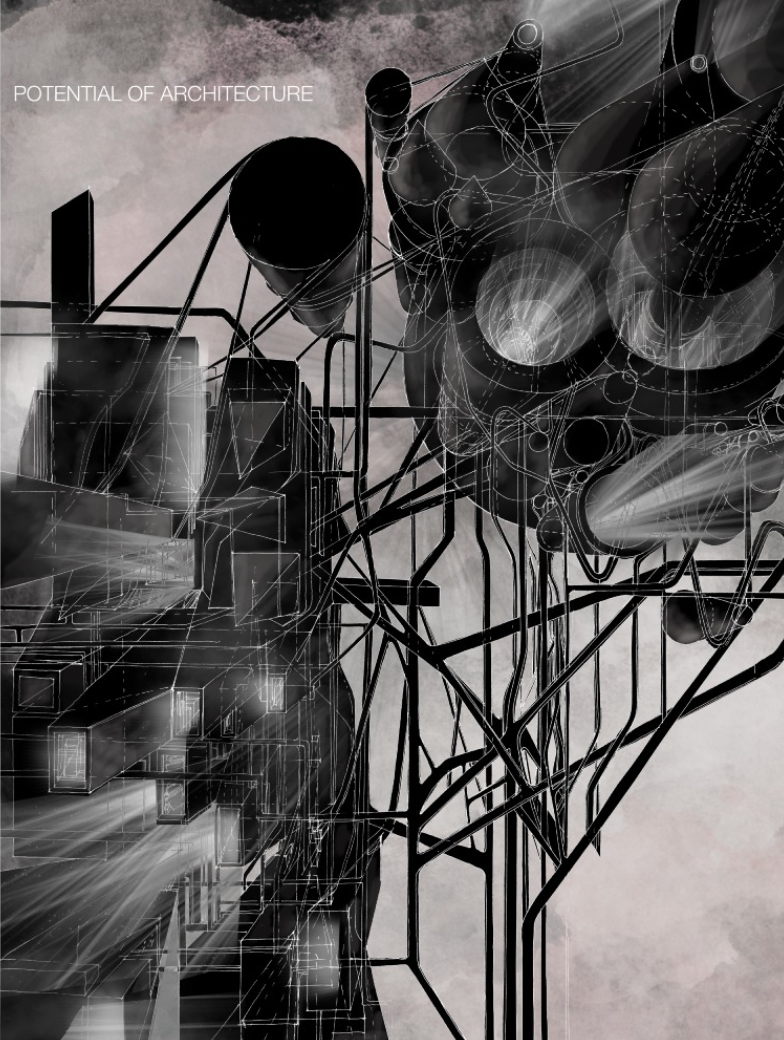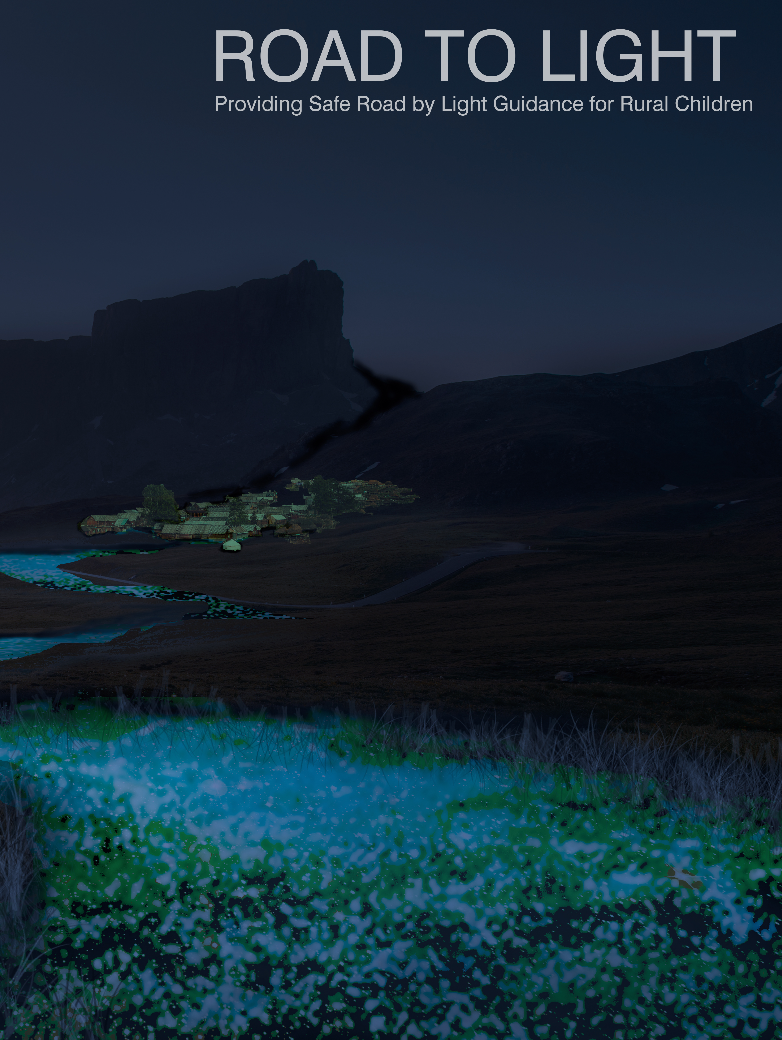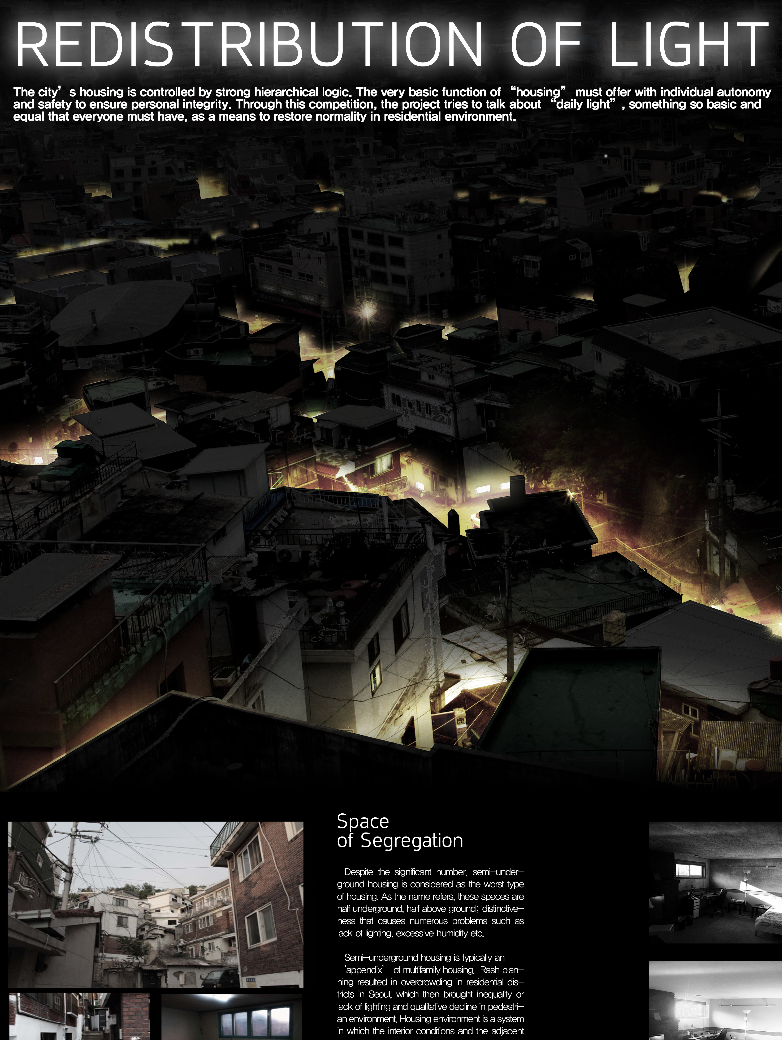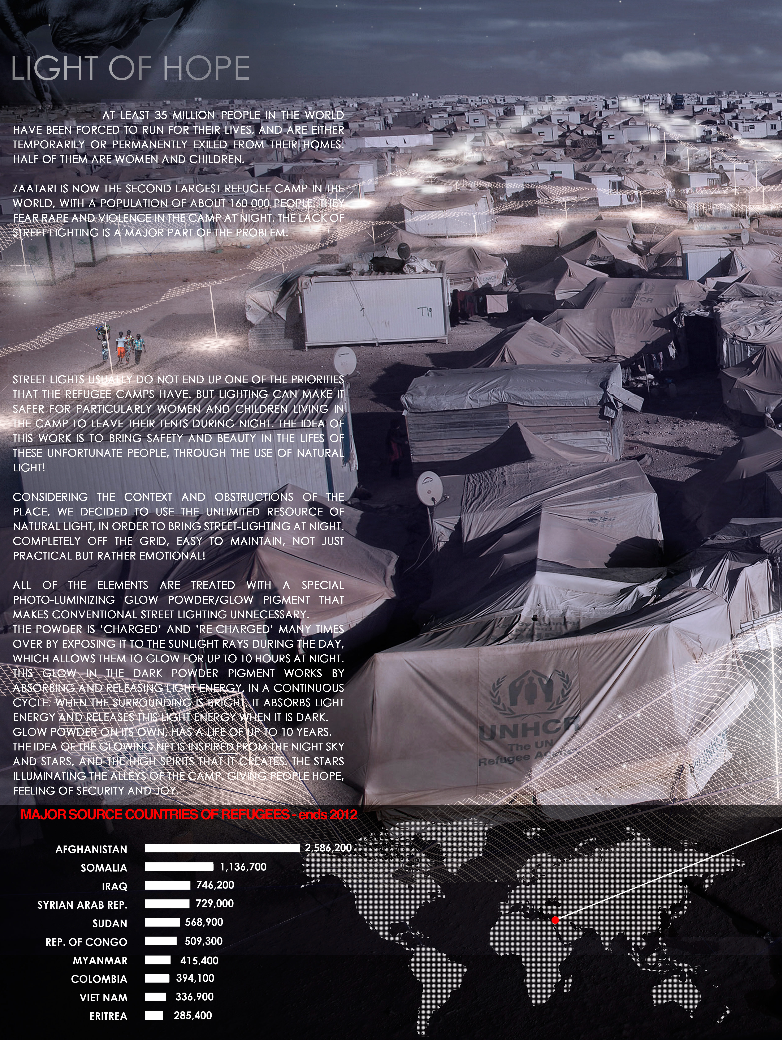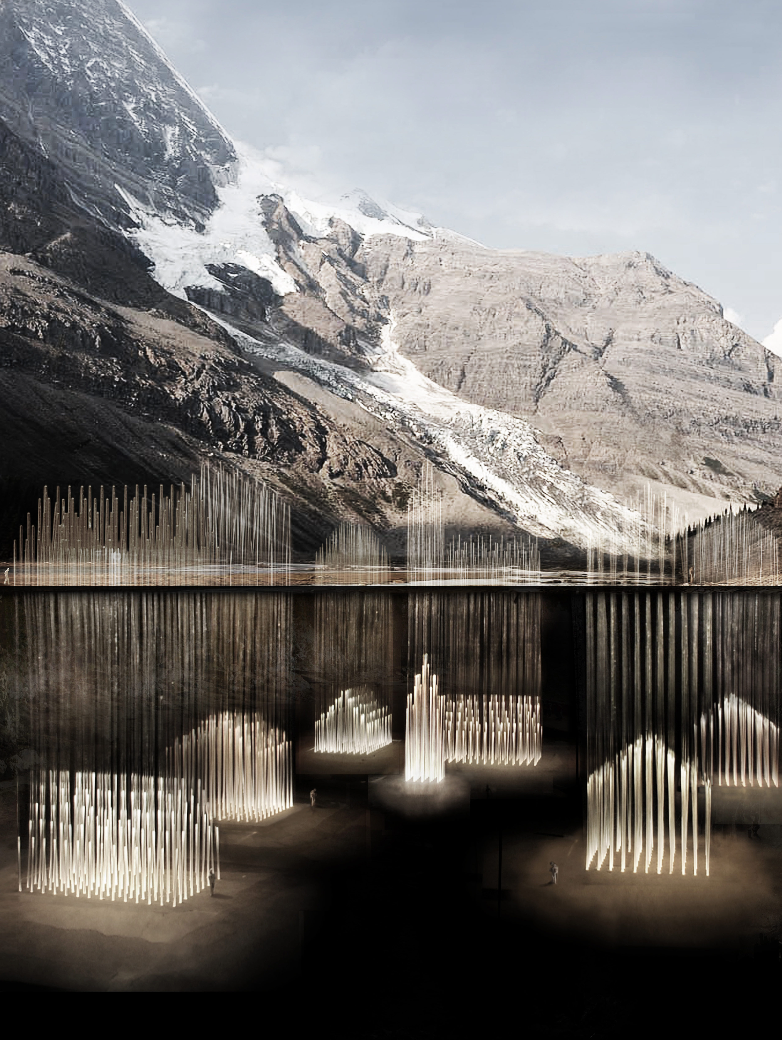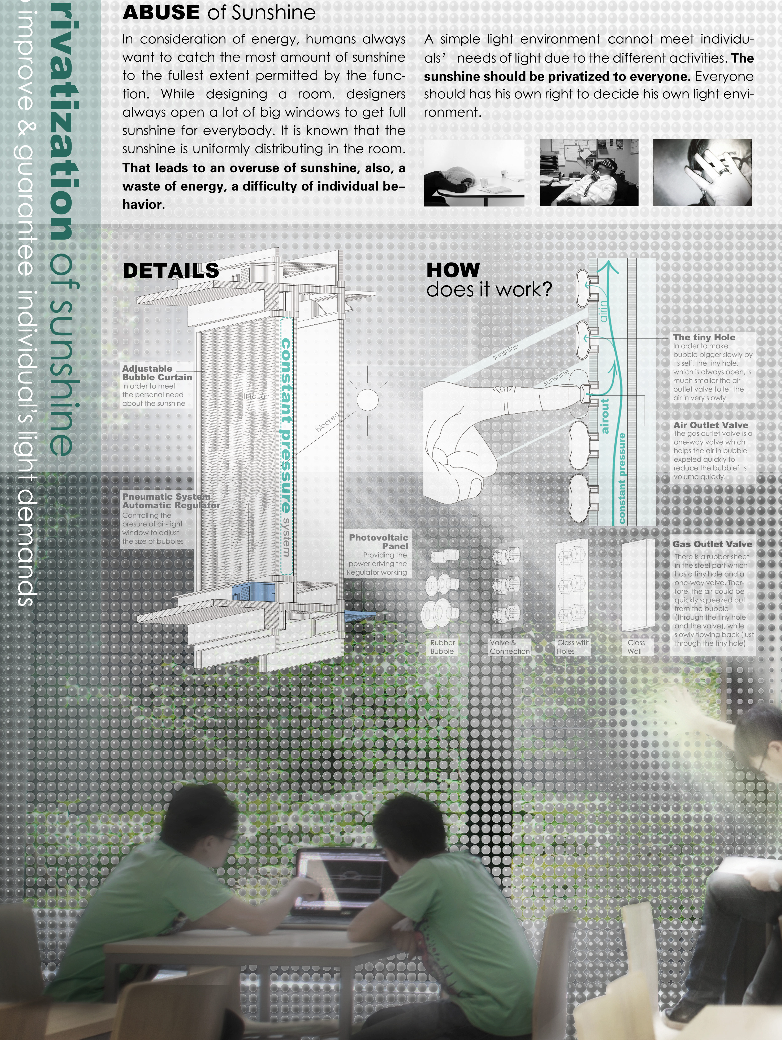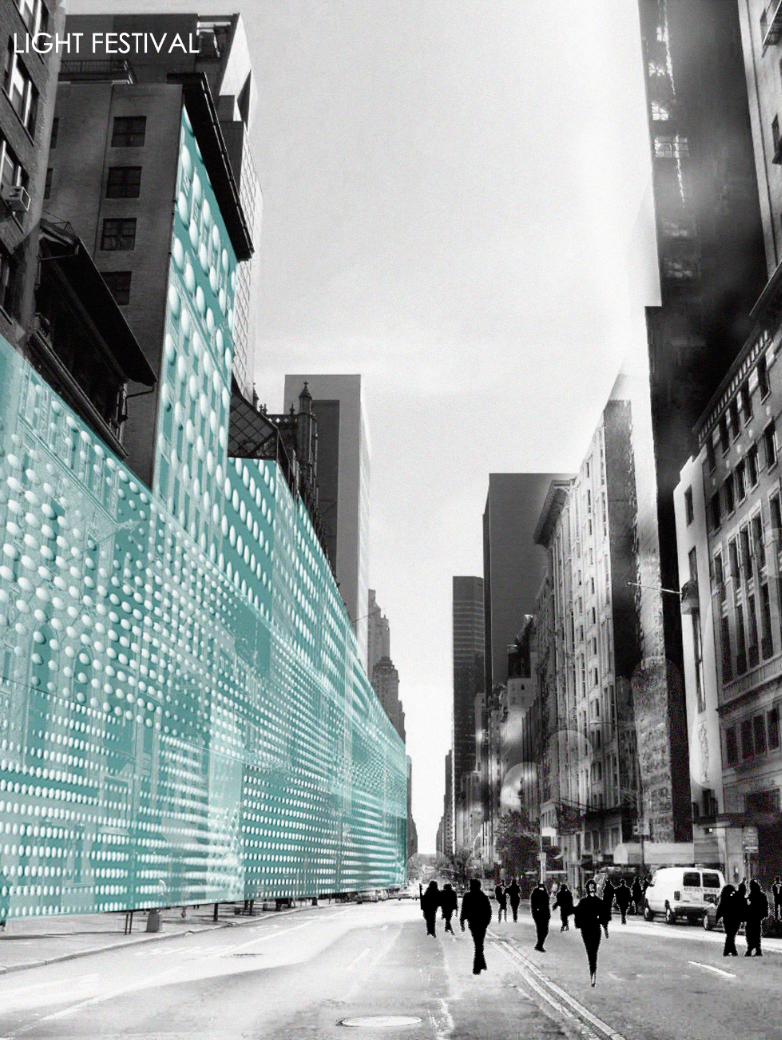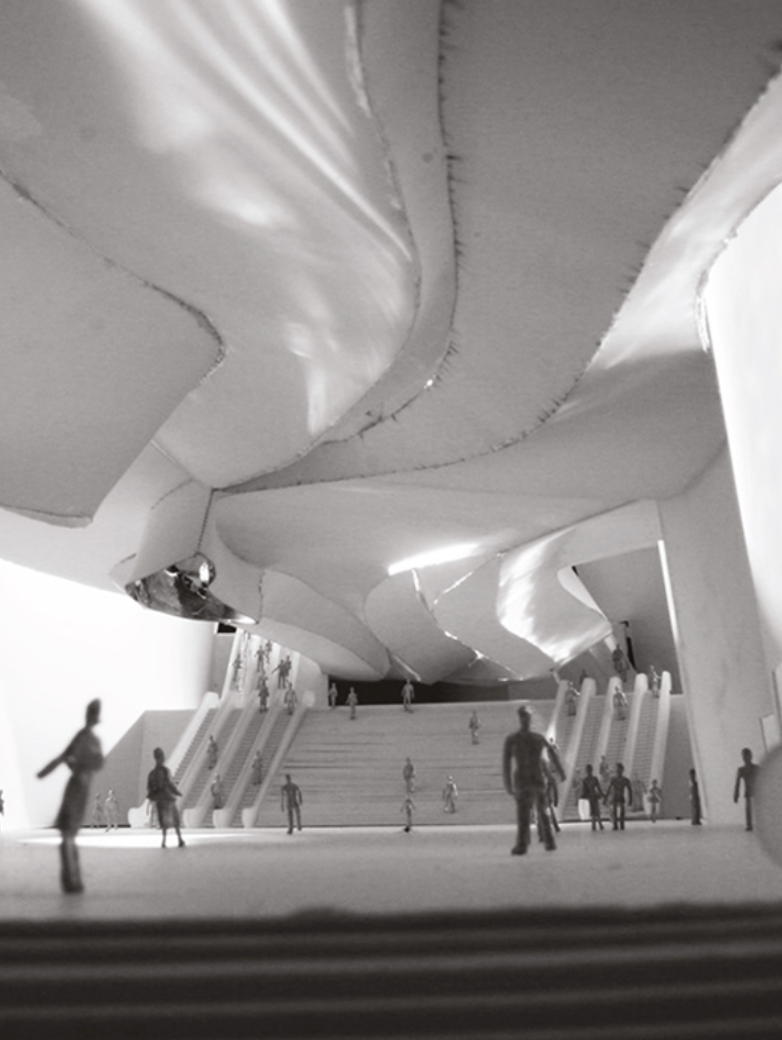2024 - The white city - Revisited

Category
Daylight In Buildings - Region 1: Western Europe
Students
Lisa Landgren
Teacher
Constanze Hirt
School
Chalmers University of Technology
Country
Sweden
Download
Download project board
This project focuses on a neighborhood locally known as “The White City” because of its numerous white buildings from the 60s and 70s. Despite meeting basic needs, the area feels incomplete. The project aims to transform it into a healing space by encouraging residents to shift from consumers to producers, fostering a self-sustaining community.
The goal is to evolve residents’ roles from mere consumers to active producers within their community, converting isolated housing units into a self-sustaining collective. Using glass as a transformative tool, the project seeks to break down barriers and connect people, production, and communities.
Inspired by Bengt Warnes’ “Naturhus” (Nature-house), the proposal integrates urban gardening with housing, enhancing generic apartment complexes with greenhouse additions. The use of glass allows ample daylight into the interiors, benefiting both plants and residents. This shared gardening experience fosters a sense of communal responsibility as residents cultivate a shared ecosystem.
On the western façade, a communal greenhouse is added for the residents, providing vertical circulation for year-round rooftop gardening. In the northern country, this greenhouse extends the growing season, strengthens the human-nature connection, and fosters relationships among residents.
The project involves not only the exterior greenhouse addition but also suggests that the basement and ground floor could be rebuilt to support the needs of the neighborhood.
This proposal focuses on transforming a single building, addressing the infamous million-program structures found widely. The principles applied here can be replicated across many buildings. Current debates about these neighborhoods involve making them more resilient and enhancing their architectural values, with many advocating for demolition and new development. However, this proposal challenges that by asserting that the cities of tomorrow already exist within these structures. By revitalizing and reimagining these buildings, we can create sustainable, resilient communities without demolition.
